Many people are well aware that the British Isles welcomes a lot of summer visitors – the cuckoos, swifts, swallows, house martins, and many other migratory species that head north in the spring from their season in the sub-Saharan sun. But, there are also visitors in the winter, birds that head south from the cold to catch a little of the warmth of the Gulf Stream. As far as we know many birds adopted migratory behaviour in response to the Ice Age and having evolved to cope with that are locked into that pattern, at least until climate changes in a significant way once more.
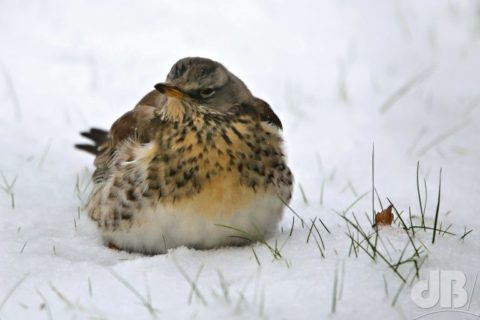
I wrote about a winter visitor that reaches our shores some time ago in this newsletter – the starlings. While we have lots of starlings all year round, those vast flocks we know as murmurations occur when the starling forces are bolstered by visitors. If you head out to the local nature reserves and even just the outskirts of the villages you are likely to see many other visitors among the flocks of gulls and crows, for instance. Among the grey and white clouds of the more well-known gulls, there might be something a little less common, an ivory gull for instance or perhaps even a glaucous gull and we did have a hooded crow on the outskirts of our village, Cottenham, last year.
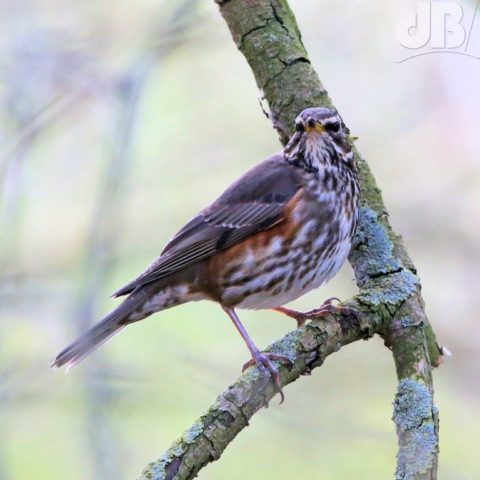
Among the other winter visitors that turn up in greater numbers are a couple of thrush-type species, related to the blackbird and the song thrush, namely the fieldfare and the redwing. Both species will make a winter home on farmland and use the hedgerows and bordering trees and woodland. Both eat a lot of berries and will attempt to out-compete the resident blackbirds and thrushes for supplies. Should the weather turn foul, as happened when we had the so-called “Beast from the East”.
These birds headed for the relative shelter of our gardens and began stripping firethorn and rowan trees of any remaining berries. Another reason not to be too tidy in pruning back your bushes in the autumn. Incidentally, there were still fieldfares to be seen in the trees that border the allotments and the recreation ground as recently as April, despite most winter visitors having departed for their northern summer homes.
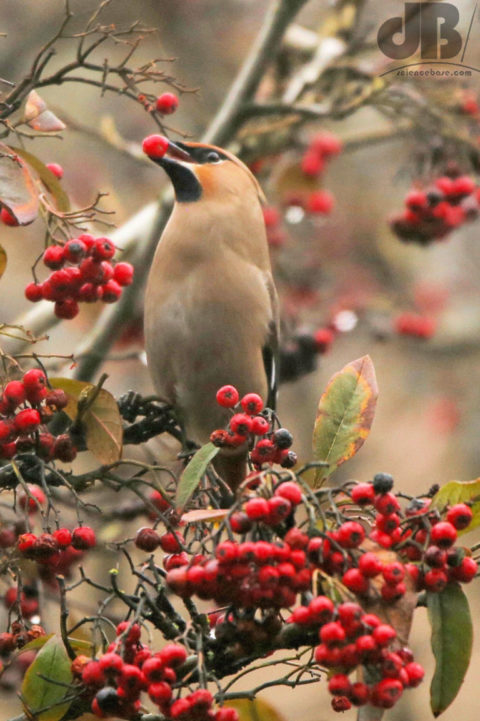
Of course, having some vast wet spaces and in being so close to Norfolk, we have plenty of waterfowl visitors in winter – geese, ducks, swans. These head south from Scandinavia and elsewhere to take advantage of the relative warmth here when the chills really do set in up north. Many readers will no doubt have visited WWT Welney to see the large numbers of Whooper and Bewick’s swans and other waterfowl that arrive each autumn there.
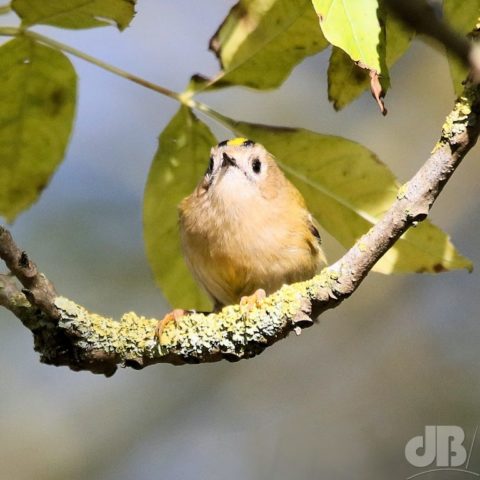
Among the less common birds you might see around the village and in local woodland that turn up for the winter are goldcrests. This species holds joint first place with the firecrest as our smallest bird species, far smaller than the resident wren, which is our most common resident. That said, you can see goldcrests and firecrests at any time of year.
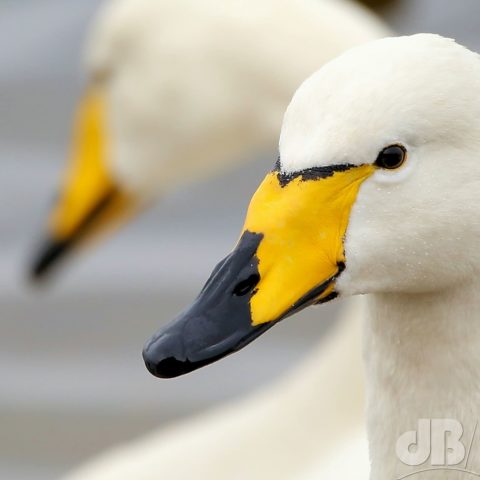
Another relative rarity to watch out for, especially around trading estates and supermarket car parks where there are often lots of berry-laden trees is the waxwing. This elegant and bohemian species spends the summer in the far north, but is peripatetic, rather than migratory, in the winter, and often turns up unannounced in large flocks to those berry-rich sites when food is short in the north. Watch out for huddles of people in olive green and beige with thinly insulated hats hanging around The Beehive Centre or the guided busway parking areas with binoculars and ‘scopes pointing them hopefully at rowan trees and the like and you might just spot an elegant visitor.